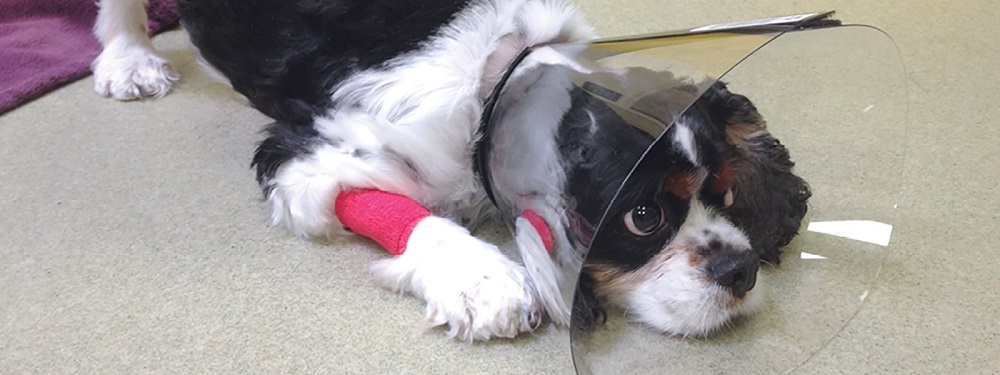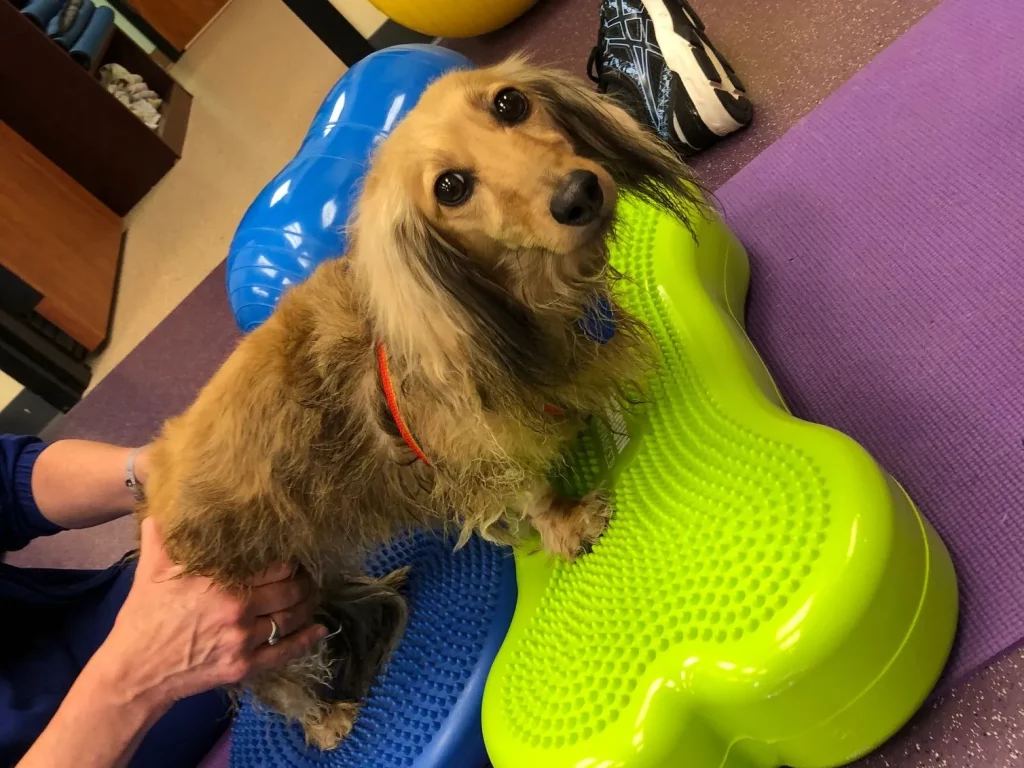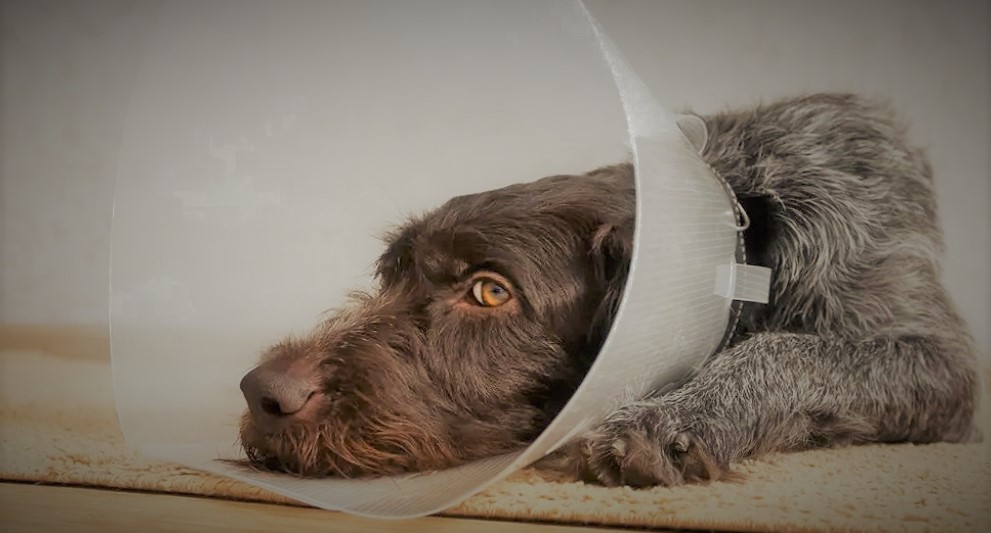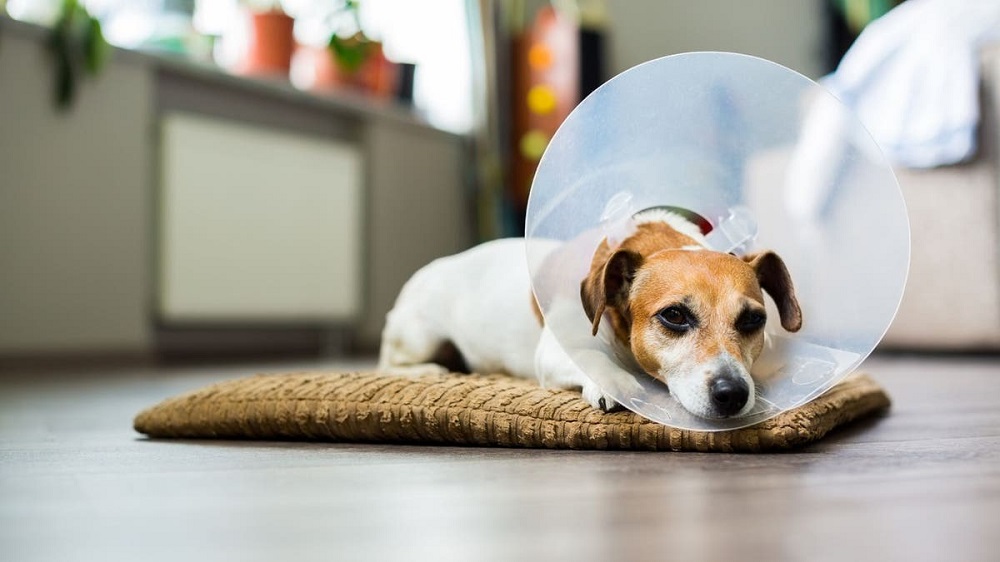Spaying, also known as ovariohysterectomy, is a common surgical procedure performed on female dogs and cats to remove their reproductive organs. While spaying offers several health benefits, including prevention of certain diseases and unwanted pregnancies, it is a surgical procedure that may cause some discomfort and pain for the animal. In this article, we will explore various methods and options available to help alleviate pain after spaying, ensuring a smooth and comfortable recovery for our furry friends.
Post-Surgery Pain Management
One of the essential aspects of ensuring a comfortable recovery after spaying is effective pain management. Veterinarians may prescribe pain medications such as opioids or nonsteroidal anti-inflammatory drugs (NSAIDs) to alleviate pain and reduce inflammation. It’s crucial to follow the veterinarian’s instructions and administer the medication as directed.

Rest and Restricted Activity
After spaying, it’s vital to provide a calm and quiet environment for the recovering pet. Restricting physical activity and ensuring plenty of rest helps in reducing pain and prevents any potential complications. Avoiding strenuous activities, jumping, and running will aid in the healing process and minimize discomfort.
Proper Wound Care
Taking care of the surgical incision site is essential to prevent infection and promote healing. Keep the incision area clean and dry as per the veterinarian’s instructions. Avoid letting the pet lick or scratch the wound, as this can lead to complications. In some cases, veterinarians may recommend the use of Elizabethan collars or specialized garments to prevent the animal from accessing the incision site.
Cold Therapy
Cold therapy, such as applying a cold pack or ice pack wrapped in a towel to the surgical area, can help reduce swelling and provide temporary relief from pain. Ensure the cold pack is not directly applied to the skin and limit the duration of cold therapy as per the veterinarian’s recommendations.
Heat Therapy
While cold therapy is beneficial in the initial stages of recovery, heat therapy can aid in relieving pain during the later stages. Applying a warm compress or using a heating pad on a low setting (under supervision) can help soothe the surgical site and provide comfort to the recovering pet. It’s important to follow the veterinarian’s guidelines regarding the appropriate timing and duration of heat therapy.
Supportive Nutrition
Proper nutrition plays a crucial role in the recovery process. Providing a balanced and nutritious diet, rich in high-quality protein, vitamins, and minerals, can support the healing process and aid in pain management. Consult with your veterinarian to ensure you are feeding your pet an appropriate post-surgery diet.
Herbal and Natural Remedies
Some pet owners may prefer exploring natural remedies to help alleviate pain after spaying. It’s important to consult with a veterinarian before using any herbal or natural remedies to ensure they are safe and appropriate for the pet. Options such as herbal supplements or homeopathic remedies may provide some relief, but their efficacy varies, and professional guidance is essential.
Physical Rehabilitation
In some cases, physical rehabilitation may be recommended to aid in the recovery process. Physical therapy techniques, such as gentle exercises, stretching, and massage, can help improve circulation, reduce muscle stiffness, and promote healing. It’s crucial to work with a qualified veterinary professional experienced in rehabilitation to ensure the exercises are appropriate and beneficial for the pet.

Behavioral Support
Pets may experience behavioral changes or anxiety after surgery. Providing a calm and comforting environment can help alleviate stress and aid in pain management. Spend quality time with your pet, offer gentle reassurance, and engage in activities that they enjoy to promote a positive mindset and overall well-being.
Regular Veterinary Check-ups
Scheduled follow-up appointments with the veterinarian are crucial to monitor the pet’s recovery progress. The veterinarian will assess the surgical site, provide guidance on wound care, and adjust pain management as necessary. Be sure to attend these check-ups and discuss any concerns or observations regarding your pet’s recovery.
Conclusion
Spaying is a beneficial procedure for female dogs and cats, but it’s important to provide appropriate pain management and care after the surgery. By following the veterinarian’s instructions, ensuring rest and restricted activity, practicing proper wound care, and considering additional supportive measures like cold therapy, heat therapy, and proper nutrition, we can help alleviate pain and promote a smooth recovery for our beloved pets.
FAQs
Q1. How long does the pain last after spaying?
The duration of pain after spaying can vary depending on several factors, including the individual pet and the surgical technique used. In general, pets may experience discomfort for a few days to a couple of weeks. However, it’s essential to monitor the pet’s recovery and consult with the veterinarian if the pain persists or worsens.
Q2. Can I give over-the-counter pain medications to my pet after spaying?
No, it is not advisable to administer over-the-counter pain medications to pets without veterinary guidance. Some human pain medications can be toxic to animals, and the dosage and safety considerations differ between species. Always consult with a veterinarian for appropriate pain management options.
Q3. Are there any potential complications after spaying?
While spaying is a routine surgical procedure, complications can occur, although they are relatively rare. These may include infections, wound dehiscence (opening of the incision), or reactions to anesthesia. Monitoring the surgical site, following proper wound care, and attending regular veterinary check-ups can help detect and address any potential complications promptly.
Q4. Should I keep my pet in a crate after spaying?
Crate confinement may be recommended by the veterinarian, especially during the initial stages of recovery. It helps restrict physical activity and ensures the pet’s safety and well-being. However, the duration and necessity of crate confinement may vary depending on the pet’s condition and the veterinarian’s instructions.
Q5. Can I bathe my pet after spaying?
It’s generally recommended to avoid bathing the pet or allowing them to swim until the incision has fully healed. Water exposure can increase the risk of infection and delay the healing process. Follow the veterinarian’s instructions regarding bathing and ensure the incision area is adequately protected until it has completely healed.




